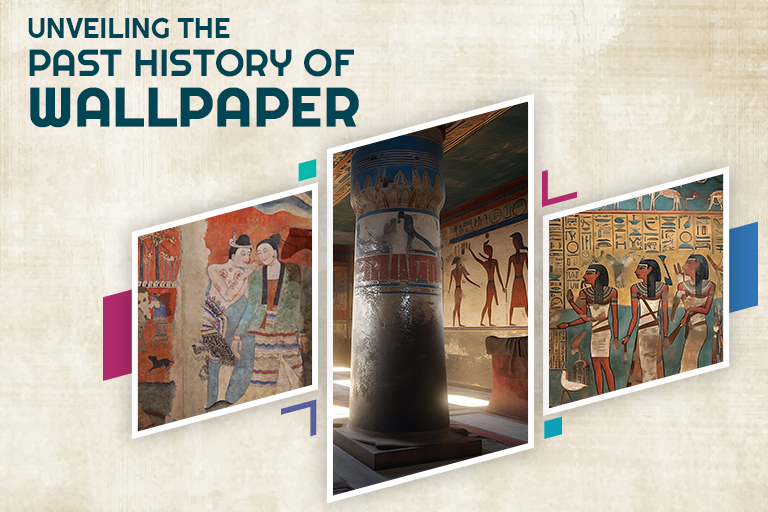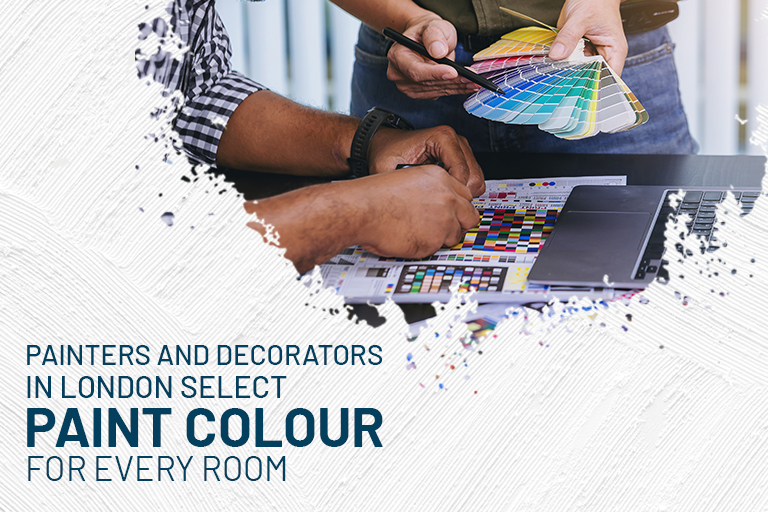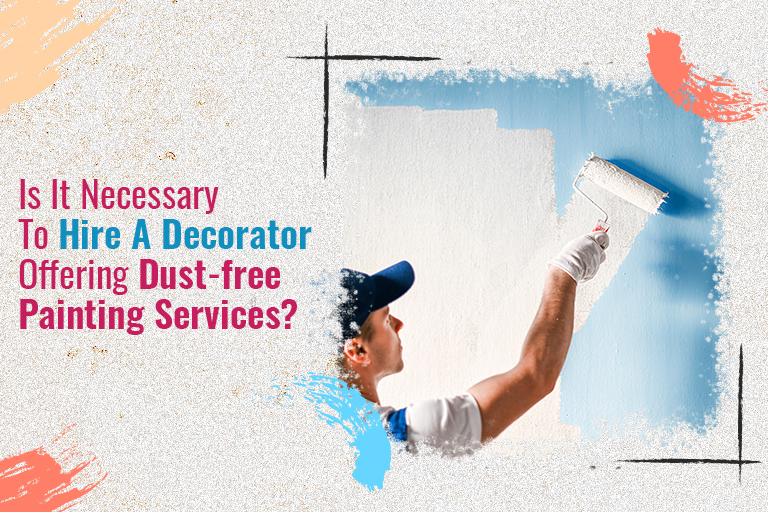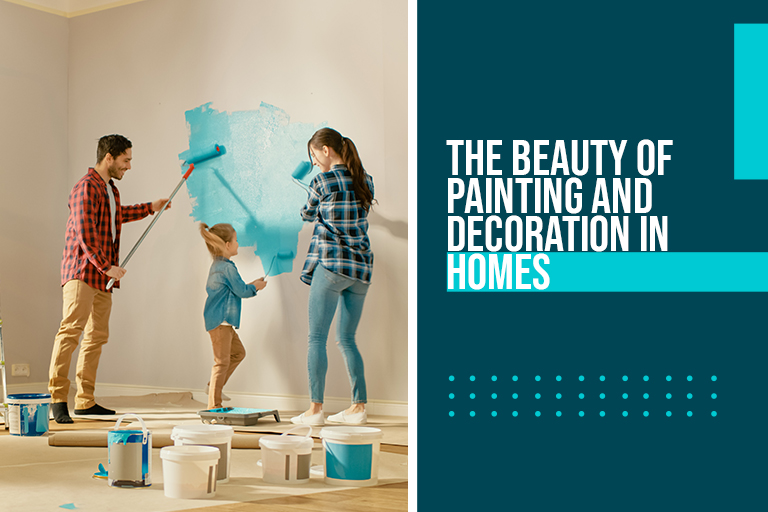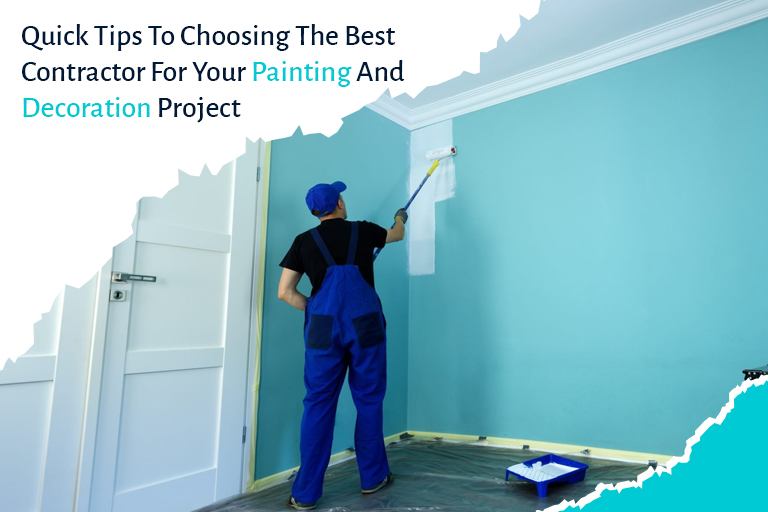
Know the Psychology of colours for Interior Designing
Interior design is an artistic work for combining personality of a person with their preferences. It can help to create considerable representation of their inner self. The black canvas is where we fill out different colours and add nuances of ceramics, glass and woodwork. We bring all of them together for creating a logical and natural flow into different residential as well as commercial properties. Though interior designing is mainly focused on creativity level, we should consider the implications of colour schemes being used. As friends, family members, colleagues and clients like to spend hours in the designing rooms, we should take psychology of colours for their benefit.
What should you know about colour Psychology?
Colour Psychology is about how each colour can affect mood, creativity, cognitive functions and productivity of a person. When a person gets surrounded by calming hues such as green or blue, they feel somewhat relaxed. But if a person is surrounded with loud vibrant tones such as orange, maroon or red, they feel very much energetic and passionate. Likewise, neutral colours such as gray or white make them feel calm.
Colour Psychology depends on scientific effect of various shades of the spectrum on human brain. Though the effects of colours may be somewhat similar, studies reveal each individual responds differently to the standard colour schemes.
How can colour Psychology Affect Interior Design?
Colour schemes are a vital factor in interior designing. The colour of the furniture, natural elements, decorative pieces, fixtures, lights and walls have an important role in the psyche of inhabitant. They spent several hours surrounded with the combination of colours you decide to select. So, it is always wise enough to select colour schemes based on the desires and personality of client. It makes them feel comfortable and relaxed in their house and enhance productivity at the workplace.
Based on the results of several studies on psychology of colours, each person will react in a different way to each colour. For example, some people find the colour black to be depressing as well as demotivating. But others find the colour black to denote their order and functionality. Some people find the colour red to be threatening while others find it stimulating.
It is advisable to speak with the clients and ask them what kind of colour schemes they find to be most appealing. Even if they cannot select the right colours, you get an idea about what they like and what they do not. Here we discuss the effects of popular colours in details so you can make an informed decision while executing your designing ideas.
Importance of different colours
Here is a list of 10 colours used in interior designing and the effects they leave on human mind:
Red
It is the most vibrant colour that denotes emotions in their entirety. Whether it is light shades of red or dark shades like maroon, they create an ambience of love and companionship. Executing the colour red in your design planning will add excitement and vigor to the entire room.
You may use red in home offices, office buildings, in the living room and in the bedroom. For offices, red encourages friendship, greater energy levels leadership and willpower. When it is used in the living room, the colour red in all its shades motivates true friendship and encourages quality conversation. But the right utility for red colour lies in the bedroom, where it kindles feelings of desire, love and passion.
Red inspires some feelings of revenge, anger and you can combine it with calming colour tones such as beige or white to balance human emotion. Think of adding higher nuances of red to stimulate productivity and complimenting it equally.
You may use red on one or opposite walls in the bedroom and select subdued tones in the overall room. This can initiate passion and keep blood pressure levels in check with complementary colours such as yellow or natural tones of light green, or plain white.
Brown
It is a light and soft deviation from the colour red. Having natural colour and softness as well as reassuring essence, the colour brown can actually create wonders in the huge spaces to synchronise different elements of classic and modernism.
The room colours, wall colours and colour of the overall interior make the inhabitants feel comfortable and warm. The colour palette you select should serve to inspire them. Brown tends to relax the senses, causing lack of goals and inactivity. Besides, the colour symbolises resilience and security together with natural hues and vibrant shade.
In interior decorating, brown can be used abundantly for creating rustic look. This colour has the tendency to evoke depression and so, you can combine it with happy colours such as green, orange, red, white and yellow.
Orange
Another vibrant colour is orange which denotes nature and sunshine. Orange and all its shades create a positive effect on the mind. Distant shades of orange like gold signifies prosperity and wealth. It may either reflect on the personality of client or their desire for fame and success.
Orange, similar to red, inspires appetite, desire, love and sexuality. This colour mostly has a calming effect on the senses as it reminds people of laying on the beach and drinking tropical beverages.
Orange is best used in the bedrooms having complimentary tints which tone down extreme effects of the colour. You may use it in the exercise room t motivate people.
Orange increases appetite and suited for the indoor and outdoor kitchen areas.
For instance, you may use neutral and natural shade on the walls for creating calming effect. Introduce hanging lamps in orange patterns or use orange cushions and chairs to tie the room together.
Yellow
The colour yellow is identical with sunshine for spreading the effect of happiness and light. Yellow may be related to intellect and prosperity for close association with gold colour.
In interior design, the colour yellow can be suggested for the dining areas, hallways, kitchen and bathrooms. The colour automatically uplifts people’s spirits for making the room appear bright and vibrant.
Though most yellow shades leave a positive effect on the psyche, dull yellow colours bring in the feeling of decay, and sickness. You may use yellow shade in its bright shades around the house. You need to use it sparingly as yellow seems to encourage unmanageable emotions. Due to optimistic effect, a completely yellow room will drive up blood pressure. The brain relates high pressure with feelings of anger and cause people to lose their temper without irritation.
Yellow adds a level of sophistication to interior decoration, when it gets paired with white or grey. Yellow walls with grey patterns and linings gained popularity with top quality materials.
Green
When people see green, they think about nature. Though nature may be cruel, human psyche associates nature with peace, freshness and trust. Green is the colour in interior designing that is related to the colour of pea soup. It helps relax senses and lower blood pressure and hypertension.
Green is a versatile colour and its different shades promote many emotions. Though aqua and light green denote calming effect, dark green is usually related to jealousy and greed. On the other hand, olive green has been recognised worldwide for peace and harmony.
The colour green may be used in different shades throughout the house. Select lighter shades on the walls and create contrast with the darker shades of green with plants. The effect of dark shade is neutralised like plants remind people of nature. The colour green has a calming effect with security which makes it ideal colour for interior design.
Blue
Blue is the calming colours in the interior design palette. Other than the psychological effects of colour, blue provides mind relaxation and slows down blood pressure, hypertension, metabolism and heart rate.
Aquatic shades of blue such as light blue and sky blue leave a healing effect on your mind. It reminds inhabitants of the sea or swimming pools. Blue is the colour having an array of positive effects and little to no negative effects on the psyche.
You may select different shades of blue in all house areas. Use darker shades like royal blue as primary colours and then pair it with yellow for the kitchen and playroom. Choose the combination of dark and light blue colours in the dining room and bedroom.
Using blue colour in dark rooms having small spaces can create weird feeling like getting trapped in ice. You may add a touch of warm colours for neutralising the effect.
Most dark shades of blue add a sense of elegance, luxury, and royalty, while sapphire colours bring in prominence to the design plan. Blue lights are easy on the eyes for lessening the discomfort. Blue is a good colour scheme that works well with contemporary and modern interior design trends.
Purple
The colour purple is somewhat related to elegance and royalty. Purple colour schemes work properly for the areas which add creativity and design. Bright hues of purple like plum or violet add flair to the design scheme. The lighter shades of purple such as mauve and lavender create a calm and severe effect in your designing.
As purple inspires creativity, you may include it in the walk-in closets, in-house art studios, dressing rooms, or the kitchen. This colour is popular with teenagers as it inspires them towards creative arts and helps them find the right path.
The regality of purple works well in the living room where guests spend time. It provides an essence of elegance, calm and luxury.
Pink
Pink colour influences emotions which are close to the heart. When it is used in the right way, pink and all its shades create an atmosphere of compassion and love.
Though pink colour has been associated with feminism, you may use the colour for providing masculine effect. Simple patterns and sophisticated designs can take it to a new level in modern interior designing trends. It instigates comfort and love feelings while vibrant shades of pink such as Fuchsia, Magenta, make a statement when paired with secondary colours like light blue.
Try to complement pink colour with natural shades or vibrant colours of white and red for function. It may avoid the sentiments of sweetness. Pink can be used in the rooms of teenagers or in the living room and bathroom for creating an ambience of joy and pleasure.
Black
Black has been included with elegance and versatility and denotes simplicity and functionality. This colour will work the best in architecture and modern interior design. On the psychological front, having all-black room can be gloomy and overwhelming. But when you pair the colour with red, blue, white or almost anything else, it offers excellent contrast.
The colour black is a great addition to interior design, particularly in the living room, kitchen, living room, dining area, and bathroom.
Gray
The colour Gray is neutral shade associated with elegance and style. It can leave a positive impact on human mind when used in the right way. Some people find the colour quite depressing. But gray may be used as a neutraliser for the vibrant colour schemes. You should avoid using light gray colours on the walls, though you may select dark gray on one wall and then surround it with happy colours such as yellow, pink or white. Try to implement gray colours in furniture in bright rooms. It can add elegance and sophistication to the designing plan.
Actually, gray colour brings different feelings in the minds of people. Different shades of gray will have a calming effect for some people though it drives others into depression. It is safe to instill gray in the textiles than wall colours. When you plan to use it as your room colour, plan to include natural light for making the room feel warm and welcoming.
White
The colour white is a universal neutraliser. Though all colours of the spectrum appear as white, it is like strong colour scheme in interior designing.
There are various shades of white such as Ivory which can be used as a standard colour for the walls, eggshell and more. Beige follows the combination colour scheme and acts well on white palette.
The colour white is associated with tranquility and peace. It denotes cleanliness and makes it easy to detect any dirt or marks on the surface.
White serves as blank canvas to put into action all the designing ideas. On the psychological level, white colour scheme is a good choice for the ones suffering from Claustrophobia, a fear of closed spaces. The execution of white colour makes the room appear cleaner and bigger. The colour scheme will work well for people suffering from anxiety and hypertension. The calming effect of neutral colour will control blood pressure and heart rate.
White symbolises simple living and inhabitants are disturbed by excitement and extremities. You may use white in any part of your house, including the living room, kitchen, dining area, bedroom, bathroom or use white colour throughout the property. It increases visual space and decreases tension.
Try to pair white with other colours for the vibrant effect. For choosing a luxurious design, pair white colour with gold, yellow or grey. For more vigor, think of pairing it with red, green or orange. You can also pair white with blue for relaxation and calmness.
Colour Psychology is a great field of study closely related to Interior Design. Whether it is your home or office, the right colour scheme can create a major difference in the lives of inhabitants. As interior designing is a reflection upon the personality of client, you can use colour schemes that make them feel comfortable. As interior designers, the paint colours you select, whether pastel or vibrant, will create a great impact in your mind.
If you are an interior designer, make sure you familiarise yourself with the psychology of colours. Sometimes psychological effects of colour may differ from the places all over the world. Get in touch with a colour expert before select the right colour palette for your clients. This creates accurate definition of their personalities and the colours that works the best for them.
